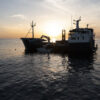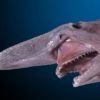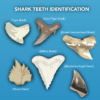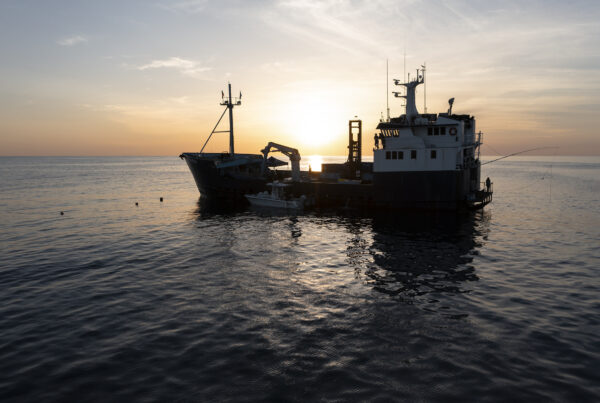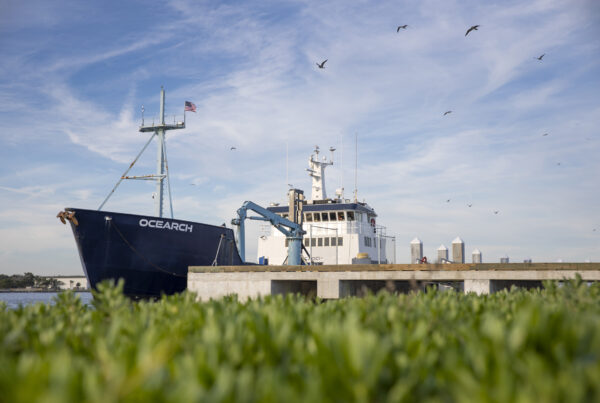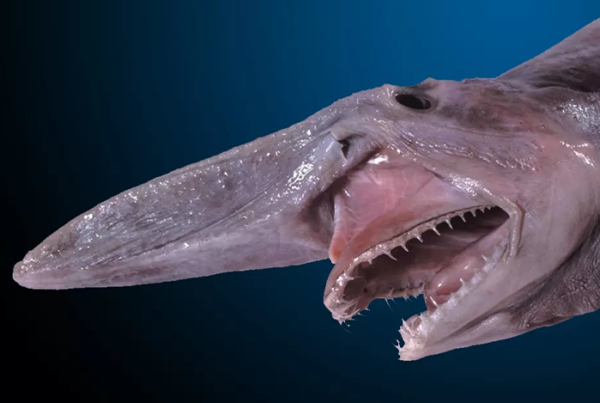Researchers in Australia and South Africa aim to answer several important shark questions
Many have noticed that there are some new tiger sharks pinging on the OCEARCH Tracker off the coasts of Australia and South Africa. The sharks now pinging up a storm for everyone to follow were tagged by dedicated researchers at the Biopixel Oceans Foundation whose exciting work could result in several more being added in 2019.
For a decade the Biopixel Oceans Foundation team has been tracking shark movements in Australia and South Africa and over the years have tagged more than 60 tiger sharks so far. One of the researchers, Dr. Adam Barnett from James Cook University, was OCEARCH’s lead scientist during our Eastern Australia Expedition.
“The government’s contribution to Biopixel Oceans Foundation is part of a plan to improve safety and tourism in the area.”
The foundation’s tracking efforts aim to address a number of ecological and conservation questions such as:
- What might be driving migrations/movements
- How effective marine protected areas are for protecting highly mobile species
- The Connectivity of widely distributed shark species such as tiger sharks on the east coast of Australia and south-east Africa.
Now Biopixel Oceans Foundation has been awarded $250,000 by the Australian government to help better understand shark behavior in the Whitsundays area in north Queensland. This tourist destination is the site of four recent shark bites. The government’s contribution to Biopixel Oceans Foundation is part of a plan to improve safety and tourism in the area.
Biopixel Oceans Foundation generously matched the government’s funding with their own money in order to boost expeditions to be carried out in 2019, and to complement the acoustic tracking methods requested by the government with satellite tracking to gather the data needed to answer the questions they are after. Biopixel Oceans Foundation has already carried out one tagging expedition and hope to finish at least another two (possibly four) by the end of the year.
Some of the sharks they have tagged in Australia so far that everyone can follow on the OCEARCH tracker include:
- Tiger Shark Ingo, 7-foot 6-inches, 344-pound male tagged near Whitsundays Island
- Tiger Shark Naia, 7-feet 11-inches, 412-pound female tagged near Whitsundays Island
- Tiger Shark Erica 7-feet 6-inches, 348-pound female tagged near Cairns on Batt Reef
- Tiger Shark Zuza 8-foot, 399-pound male tagged near Cairns on Batt Reef
- Tiger Shark Siegi 8-feet 7-inches 548-pound female tagged near Cairns on Batt Reef
- Great hammerhead Shark Bec Piper who is a 7’ 10” long female who weighs 310 pounds and was tagged near Whitsundays Island
Whale Shark GBR1 whose length weight and sex were not recorded. GBR1 is the first whale shark ever to be SPOT tagged in the Great Barrier Reef
“I have been associated with OCEARCH ever since the Australian expedition, and they have continued to support our research efforts through sharing equipment and hosting our
tagged sharks on the shark tracker,” said Barnett. “The shark tracker is a great tool for scientists to share up to date research with the general public and generate public interest in shark research.”
Biopixel’s work is not only focused in Australia as they are simultaneously working to track tiger sharks off the coast of South Africa. They hope to answer many of the same questions they are focused on in Australia and several of the sharks they have tagged so far are also up and pinging on the OCEARCH Tracker.
